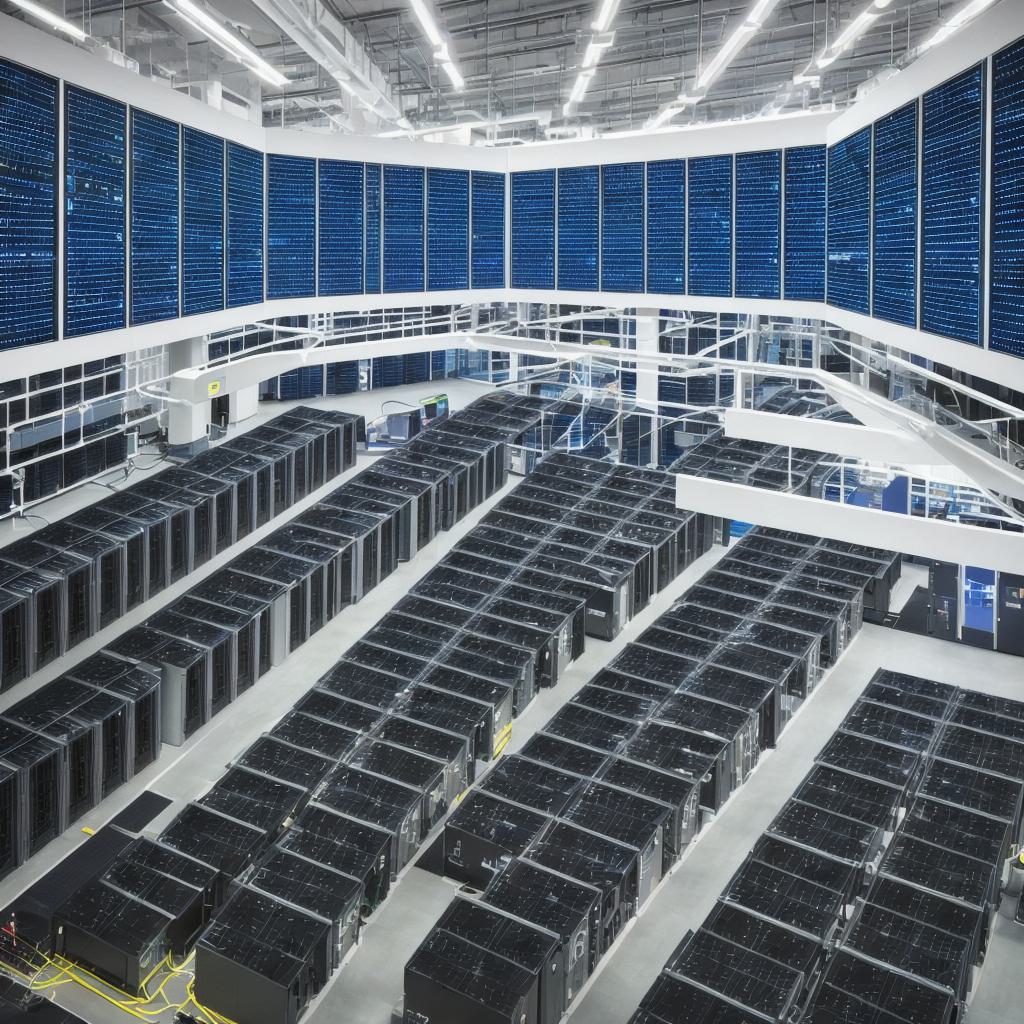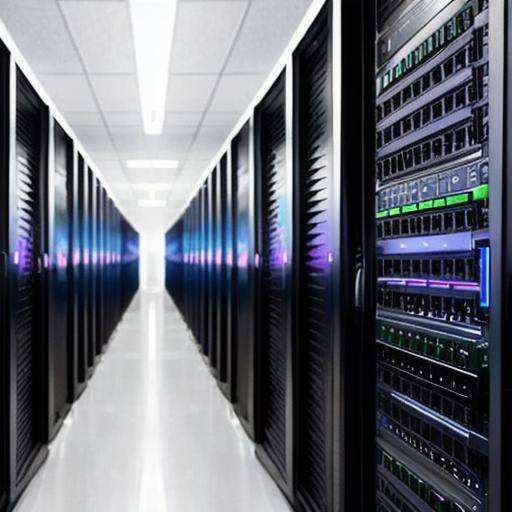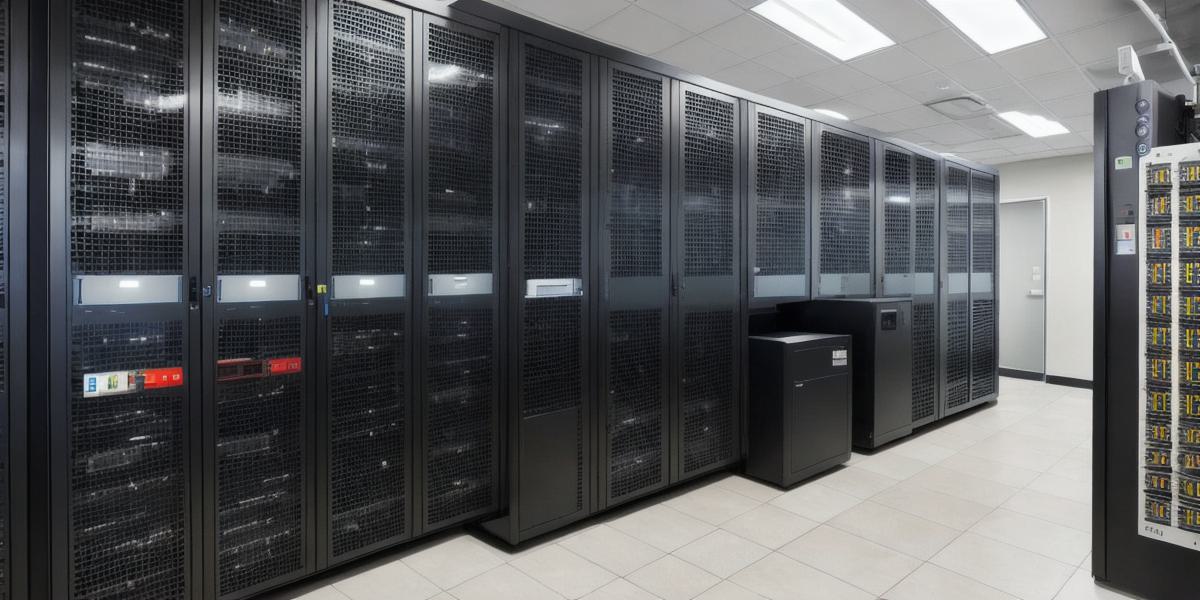Data centers are the backbone of today’s digital economy, housing the critical IT infrastructure that powers businesses and organizations around the world. However, managing a data center is no small feat – it requires careful planning, robust design, and meticulous execution to ensure reliability and efficiency. In this text, we will explore the key success factors for a data center, drawing from expert insights and real-world examples.

- Redundancy and Fault Tolerance
A reliable data center is one that minimizes downtime and ensures business continuity. One of the primary ways to achieve this is through redundancy and fault tolerance. Redundant systems and components provide backup in case of failures, while fault-tolerant designs ensure that critical functions continue even when individual components fail. For instance, a data center may use redundant power supplies or network connections to prevent single points of failure.

- Power and Cooling
Effective power management is essential for optimizing data center performance and reducing costs. Power usage efficiency (PUE) measures the ratio of total facility power consumption to IT equipment power consumption, with lower values indicating greater efficiency. Cooling systems are another critical aspect, ensuring that the IT equipment remains at optimal temperatures to prevent overheating.
- Security
Data centers house sensitive information and require robust security measures to protect against unauthorized access, theft, and data breaches. Physical security includes access controls, surveillance cameras, and intrusion detection systems. Logical security encompasses firewalls, intrusion prevention systems, and encryption technologies.
- Scalability
A successful data center must be able to accommodate growing business needs by scaling up or out as required. Scalability may involve adding more servers, storage capacity, or network bandwidth. Cloud-based solutions offer an attractive option for businesses seeking agility and flexibility in their IT infrastructure.
- Monitoring and Maintenance
Proactive monitoring and maintenance are essential to ensure optimal performance and prevent issues before they escalate into critical incidents. Real-time monitoring tools can detect anomalous behavior or potential failures, allowing IT teams to address them promptly. Regular maintenance tasks include patching software, updating firmware, and performing hardware checks.
- Disaster Recovery
A comprehensive disaster recovery plan is crucial for mitigating the impact of unforeseen events on data center operations. This may involve implementing replication technologies such as mirroring or snapshotting to create backups, establishing failover mechanisms, and performing regular tests and drills.
- Compliance and Regulations
Data centers must adhere to a variety of compliance standards and regulations depending on their industry, geography, and customer requirements. For example, financial institutions may need to comply with PCI-DSS for handling credit card information, while healthcare organizations must adhere to HIPAA for patient data protection. Compliance ensures that businesses maintain trust with their customers and avoid costly legal penalties.
In conclusion, a successful data center requires careful planning, robust design, and meticulous execution across various domains such as redundancy, power management, security, scalability, monitoring, disaster recovery, and compliance. By focusing on these key success factors, businesses can build reliable and efficient IT infrastructure that supports their digital transformation journey.
